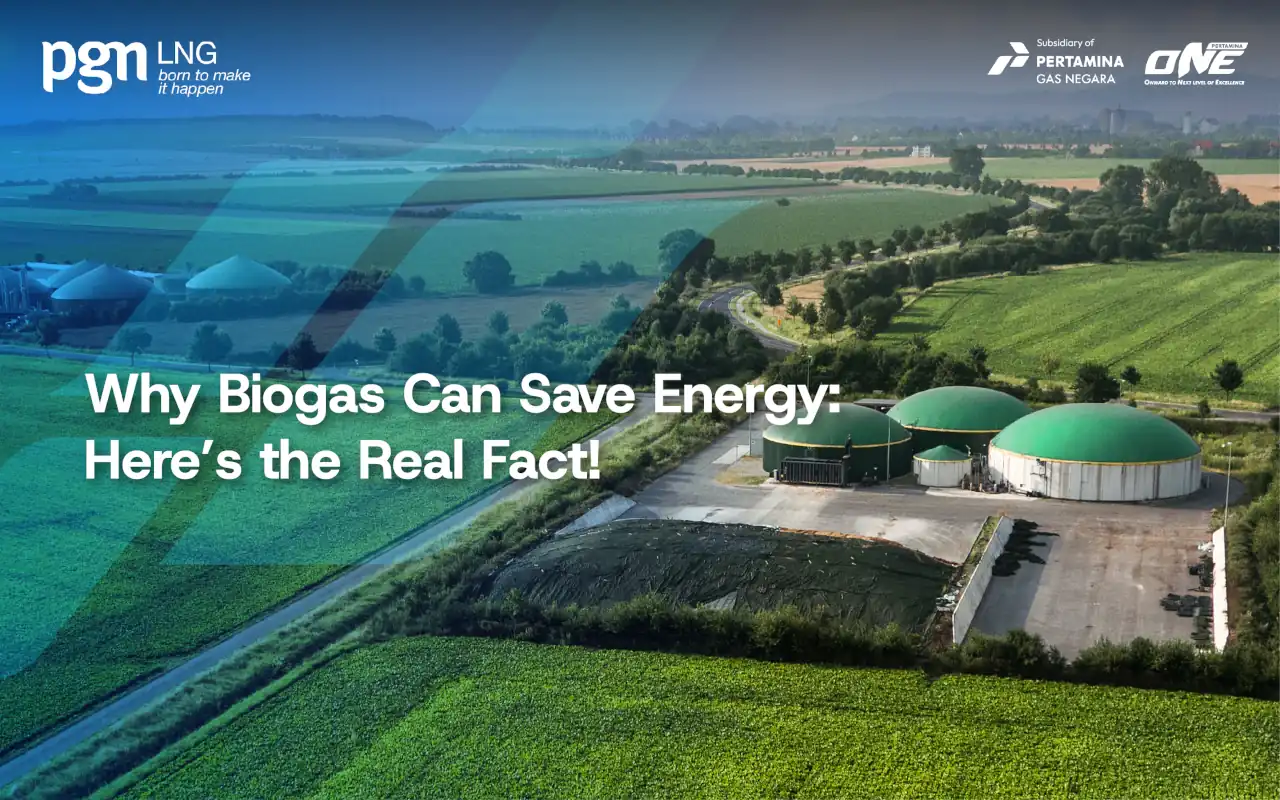When discussing which sector consumes the most energy, many people immediately think of transportation. But is that really the case?
Surprisingly, it’s not. According to the Handbook of Energy and Economic Statistics of Indonesia 2023, the transportation sector ranks second in terms of total energy consumption.
So, which sector actually tops the list? Let’s take a closer look at the real energy consumption across various sectors.
Which Sectors Consume the Most Energy?
Based on the latest data, here’s how energy consumption ranks by sector:
1. Industrial Sector
The industrial sector is the largest energy consumer. It includes a wide range of activities, from heavy industries to manufacturing consumer goods like food, textiles, and electronics.
Industrial processes such as operating heavy machinery, chemical production, and raw material extraction require massive and consistent energy input. A country’s level of industrialization greatly affects its total industrial energy use.
Read More: Top Benefits of Natural Gas, More Than Just Low Emissions
2. Transportation Sector
The movement of people and goods—via cars, public transit, aviation, and shipping—demands vast energy resources.
Transportation heavily depends on fossil fuels, making it a major contributor not only to total energy consumption but also to global greenhouse gas emissions. Urbanization, population growth, and global trade are all drivers of increasing energy needs in this sector.
3. Building Sector (Residential & Commercial)
Energy is widely used in buildings for lighting, appliances, cooking, and office equipment.
The level of energy consumption in buildings is influenced by design efficiency, the use of energy-saving technologies, and occupant behavior. Both residential homes and commercial facilities like offices, malls, and hotels contribute significantly to energy demand.
4. Agriculture Sector
While agriculture may not top the list in total consumption, it still plays a vital role.
Energy in this sector powers farm machinery, irrigation pumps, fertilizer and pesticide production, food processing, and the transportation of agricultural products. Agricultural modernization often leads to increased energy needs.
Read More: The Crucial Role of Alternative Electricity Sources in Shaping Our Future
Energy Consumption by Sector
Though transportation is often perceived as the biggest energy user, it actually trails slightly behind industry. Here’s the breakdown based on energy consumption in Million BOE (Barrel of Oil Equivalent):
| Rank | Sector | Energy Consumption (Million BOE) |
| 1 | Industry | 556,6 |
| 2 | Transportation | 448,5 |
| 3 | Residential | 166,2 |
| 4 | Commercial | 55,5 |
| 5 | Others | 10,6 |
Here are how each sector uses energy:
- Industry: High consumption in manufacturing, steel, cement, and chemical sectors, relying heavily on electricity and heat.
- Transportation: High fuel use, especially from private vehicles, is a major factor in energy demand.
- Residential: Energy used for electricity, cooking (LPG), heating water, and appliances.
- Commercial: Heavy use of lighting, cooling (AC), and electronics in offices, hotels, and retail centers.
- Others: Includes agriculture, construction, and smaller miscellaneous sectors.
Read More: Why Switching to Green Energy Matters and How It Impacts the Planet?
What Drives Energy Consumption?
Energy consumption is influenced by various interconnected factors, including:
- Economic growth
- Technological development
- Consumer behavior
Generally, as a nation’s economy and population grow, so does its energy use. Additionally, the demand for modern technology and digital infrastructure adds to this increase.
Energy policy, public awareness, and environmental concern also play vital roles in shaping consumption trends.
Read More: Decarbonization: Why the World Must Shift to Clean Energy?
The Role of LNG in Tackling High Energy Use
Liquefied Natural Gas (LNG) is gaining recognition for its role in reducing inefficient and polluting energy use. It serves as a cleaner alternative to coal and oil, offering:
- Lower greenhouse gas emissions
- Higher combustion efficiency
- Versatility across heavy transport, industry, and power generation
LNG usage helps cut national fuel consumption, especially in energy-intensive sectors like industry and transportation. As a transitional fuel, LNG can bridge the gap between traditional fossil fuels and renewables, ensuring a stable and gradual shift to a sustainable energy system.





